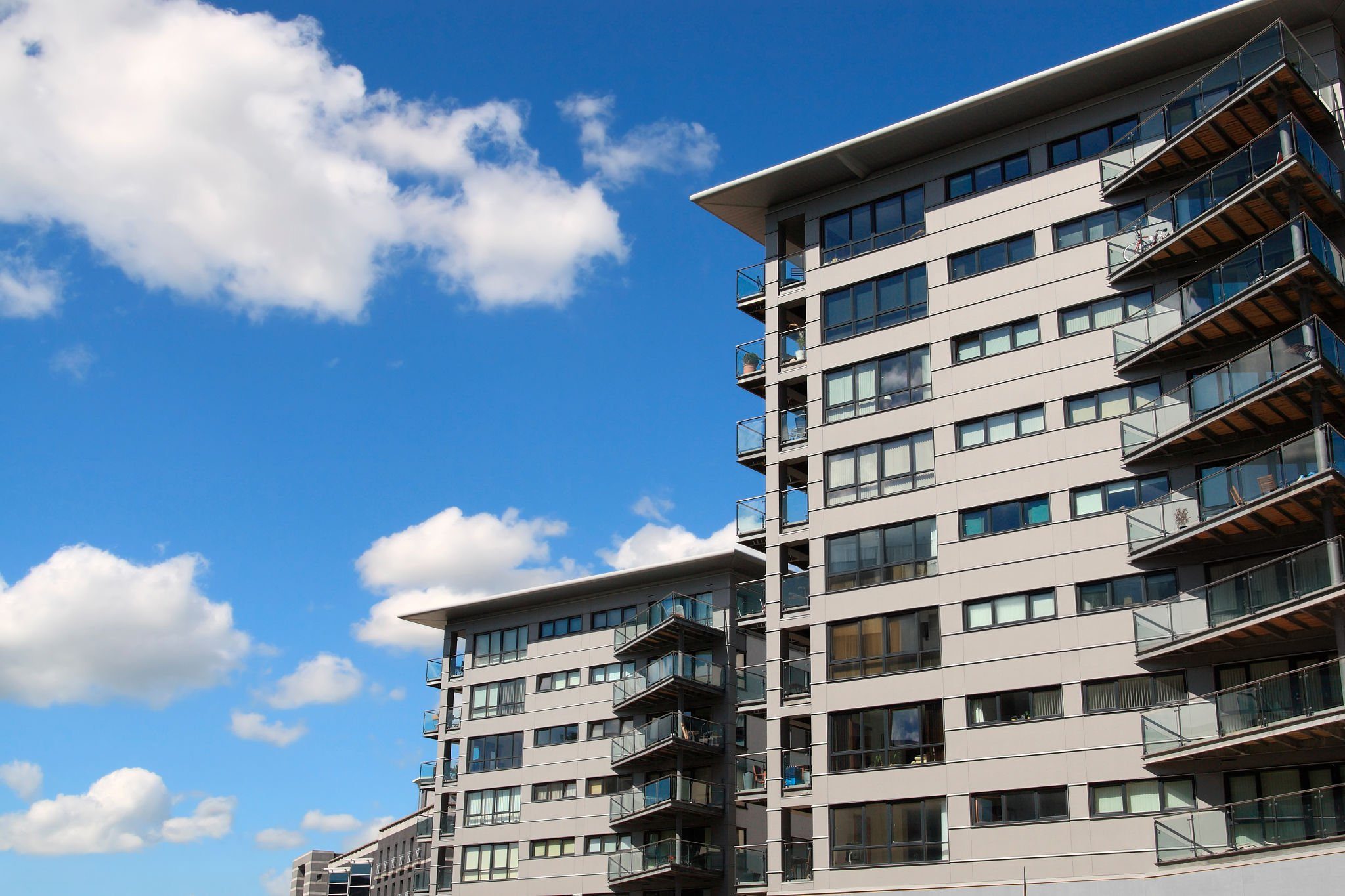What is the difference between a Buy-to-Let and a normal residential mortgage?
A residential mortgage is a loan to buy a property you intend to live in yourself, while a Buy-to-Let mortgage is a loan supplied by a mortgage lender that allows you to buy a home which you are going to rent out to tenants to live in.
How much can I borrow on a Buy-to-Let mortgage?
Unlike residential mortgages, where the amount you can borrow is based on your salary and your outgoings, a Buy-to-Let mortgage is assessed on the rental income that the property is likely to generate. Lenders will typically need the rental income to be at least 125% of the monthly mortgage payments (on an interest only basis), or even up to 145%, depending on a lender’s criteria.
How much of a deposit do I need for a Buy-To-Let mortgage?
The minimum deposit you need to put down for a Buy-to-Let mortgage is typically higher than it is for a normal residential loan. Some high street lenders may require up to a 40% deposit while specialist mortgage lenders, which are mainly only accessible through brokers can lend up to 75- 80% loan to value meaning you may only need a 20-25% deposit
What is Buy, Refurbish, Refinance, Rent (BRRR)?
Buy Refurbish Refinance Rent is a strategy property investors use to build a property portfolio. By getting the right finance to maximise their return on investment, this model allows investors to purchase distressed or uninhabitable properties with the ambition to quickly turn them into profitable rental properties.
Are there any property types that are difficult to get Buy-to-Let mortgages on?
While lenders will make a decision based on the specific property, its location and the condition it’s in, they will often have general restrictions on certain types of property. These can include:
- New build flats. Although it can depend on the area, Buy-to-Let mortgage lenders will typically require a bigger deposit to be put down if you’re buying a new build flat.
- Ex-local authority. Again, dependant on the area and if a flat, how many privately owned flats there are in the same block.
- High-rise flats. Lenders will usually have a restriction on how many floors there are in the block or where there is deck access to multiple properties.
- Flats above or in close proximity to commercial premises: such as retail outlets, pubs, restaurants, cafes, shops and offices can be an issue for some lenders
- Holiday homes. A lender will want to make sure that the property can earn a regular rental income, not just for a couple of months a year.
These are only examples and if buying a property like this, it doesn’t mean that you won’t be able to get a mortgage at all. There will be restrictions though and this is where expert mortgage advice can be invaluable as a broker will know which lenders to approach.
A lender declined to lend to a client after attending a site, giving this feedback: “Property is adjacent to a factory storage site with derelict units, close to local authority area with antisocial, high crime, and fly tipping, close to city centre, close to hostel type properties. There is no resale market for flats of this type within the secondary location.”
Can I get a BTL as a first time buyer?
Yes. Actually this is a way that many first time buyers, who can’t afford to buy property in their area are getting on the property ladder.
Can you live in a property with a Buy-to-Let mortgage?
No, you cannot buy a property on a Buy-to-Let basis and live in it yourself and sublet it, or get a family member to live in it. If you want to rent it to a family member you need a regulated residential mortgage, which you should ask a broker about.
Repayment v Interest only.
Most Buy-to-Let mortgages are interest only, but it is possible to get repayment Buy-to-Let mortgages. With a repayment mortgage, you are paying off the capital as well as the interest but typically your profit is lower. But once you reach the end of your mortgage term, you’ll be mortgage debt-free. With an interest-only mortgage, you’ll just pay the interest each month – you will have more profit each month but you won’t repay the capital until the end of your mortgage term.
Your decision ultimately depends on your investment strategy and your affordability and whether you need to supplement your income each month or build a pot for the next investment or as a retirement fund.
Are the interest rates higher on Buy-to-Let mortgages than on normal residential mortgages?
The interest rates for residential mortgages on your own home and those for Buy-to-Lets are broadly the same, if the properties are owned by you personally, but if you have secured the finance through a limited company, then you are likely to pay higher interest rates for a Buy-to-Let mortgage.
What’s the benefit of having a Buy-to-Let mortgage through a Limited Company?
If you choose to invest in property through a limited company, you own the company and the company owns the properties. The company will hold the mortgages and pay corporation tax on any profits. In a limited company, the entire mortgage interest payment is tax allowable, reducing the profit and consequently, the tax liability. If you choose to retain this profit within the company, such as for future property investments, there would be no further tax obligations. In a limited company you may also be able to borrow more as the Debt Servicing Calculation Ratio (DSCR) is lower. If the property incurs debts, they are the liability of the limited company – not you personally- and if you own it personally, you are liable for the tax incurred on the total gross income of the property.
Can I move my existing personal property portfolio into a limited company?
Yes, we have helped clients with large personal Buy-to-Let property portfolios move them into a limited company. Anyone considering this should also seek professional advice from an accountant and a tax advisor. We can help make introductions.
How do you know you’re setting the rent at the right price?
We always recommend you consult ARLA registered letting agents when setting your rental price and consider using them as managing agents for the property. They can set up the deposit scheme, do all the relevant background and reference checks on the tenant and then manage the tenancy including any maintenance issues.
Anything else to consider?
If the property is let as an HMO (Home of Multiple Occupation) as opposed to a single dwelling there are more legislation and regulations around certain licenses, fire regulations, building regulations, which all need to be in place for a lender to lend.
Use a Commercial Broker to secure the best buy-to-let mortgage deal
Whatever stage of a Buy-to-Let mortgage decision you are at, now, more than ever, is the right time to engage with a broker to help you understand the rental market, how to maximise your revenue by adding value to a property by changing it or modifying it or increasing the rental income in line with market limits.
We can help ensure that you’re still able to make money out of these properties or give you the right advice on what to do moving forward.

